Branch Transformation: 3 Reasons Financial Institutions Need Change
Remember the good old days before the Great Recession when revenues and profits were sky high and nothing could go wrong? Well, unfortunately those...
1 min read
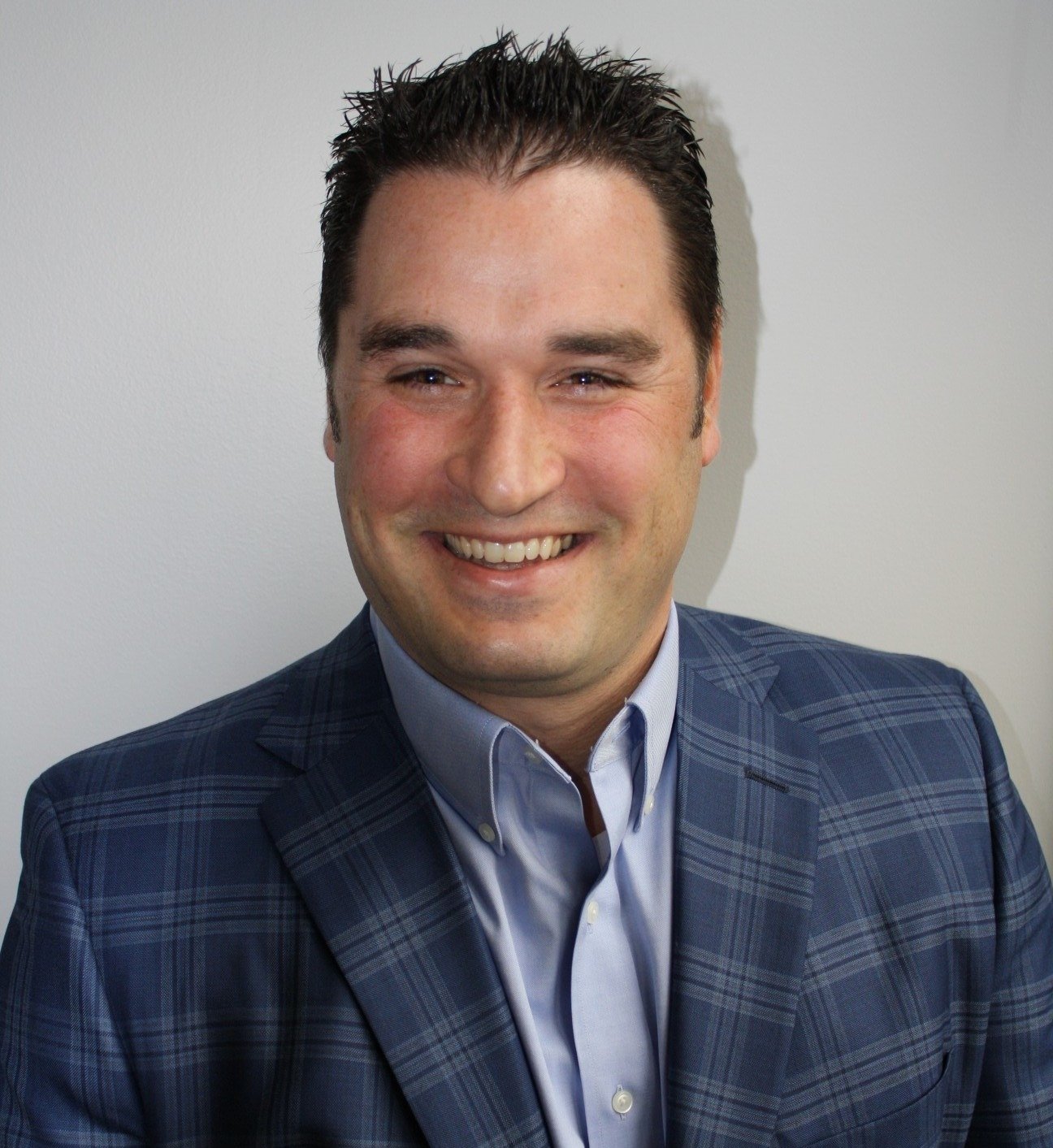 Sean Farrell
:
Oct 27, 2014 7:30:00 AM
Sean Farrell
:
Oct 27, 2014 7:30:00 AM
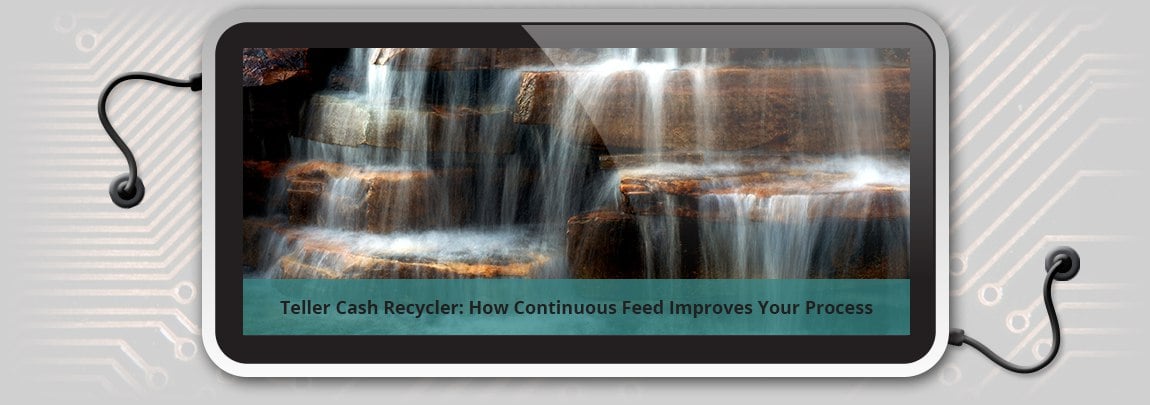

So you've been looking for ways to make your branches more efficient, and with your research, teller cash recyclers keep coming up. You look around, you ask your peer institutions, you read blogs and whitepapers and find that cash recyclers are typically a great investment. Of course each recycler has pros and cons, but those pros can help you take big steps toward your end result -- automated transactions at an increased speed.
Most cash recyclers have a feeder that accepts 100-200 notes at a time. One of the challenges with that operation is that most recyclers have to process that bundle first before accepting more cash. So if your recycler rejects a note or you have more than 200 notes to deposit, multiple passes are required. The average length of time between passes for most recyclers is 45 seconds. That translates to roughly three minutes of extra wait time if you have a 600 note deposit to process. In a continuous feed environment, the recycler starts with the same 100-200 notes, but as the recycler is feeding, the teller can add cash to the top, helping the recycler continually process cash without having to stop and reset for another batch.
So now you've spent the money to get a return on investment, reduce non-interest expense and create a new sales environment for you branch. However, you still have large night drop bags that need to be processed and commercial clients you need to process quickly. The impact of saving three to five minutes over 100 different types of transactions is substantial. That impact alone could add up to another .5 FTE.
By processing your commercial clients and night drop bags more effectively and accurately, and managing your cash for the branch through that device, you can truly take full advantage of what the recycler can offer a location. Many times other companies have to sell additional units because the recycler can’t complete larger transactions in a timely manner. Some institutions will even revert back to handling those transactions manually, defeating the entire purpose of the investment.
If you are looking into recyclers for your current branch environment, feel free to reach out to the QDS team to see what impact continuous feed would have in your environment.
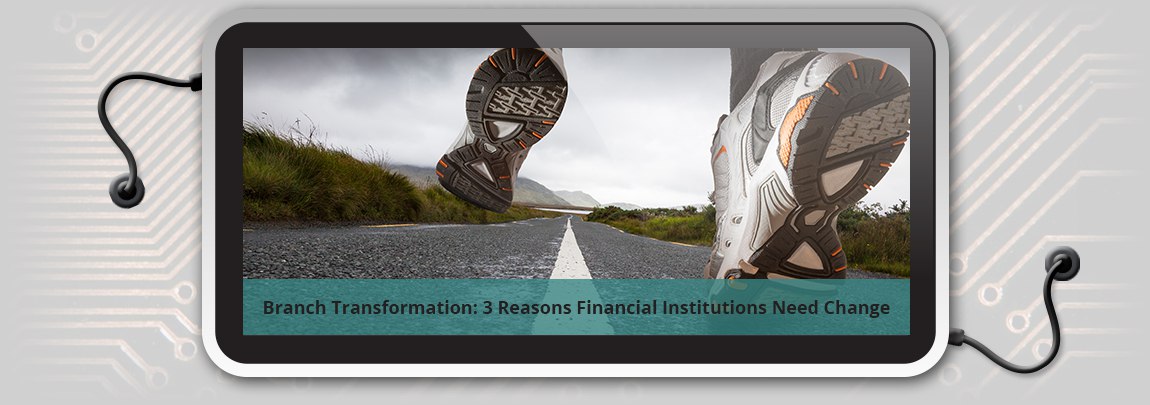
Remember the good old days before the Great Recession when revenues and profits were sky high and nothing could go wrong? Well, unfortunately those...
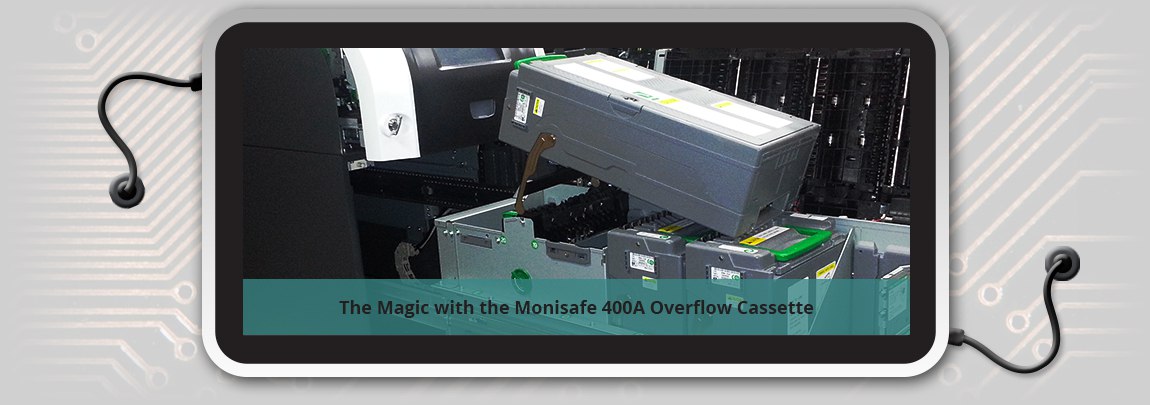
It’s probably better to name this cassette a universal cassette than an overflow cassette, but overflow is what Hyosung refers to it as, so we’ll...
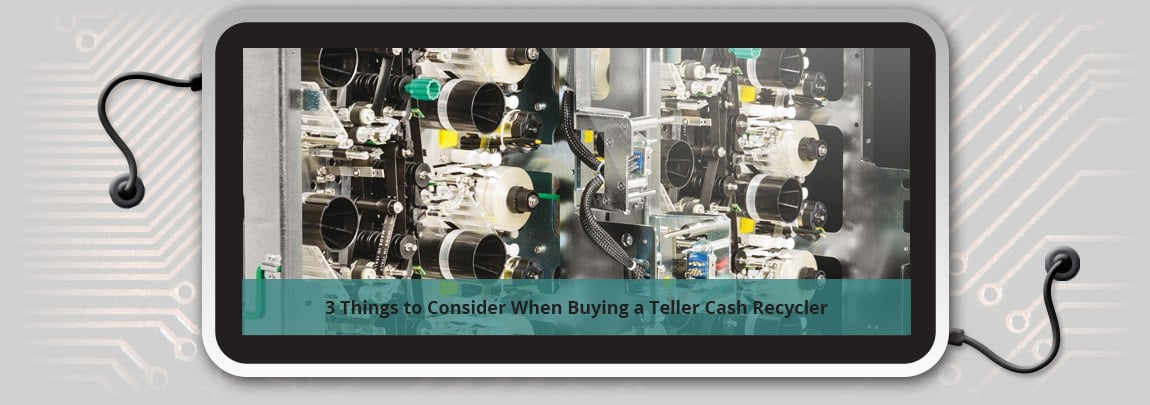
You have researched the market for what you can do to make your branches more efficient and help streamline the customer experience. You’ve read...